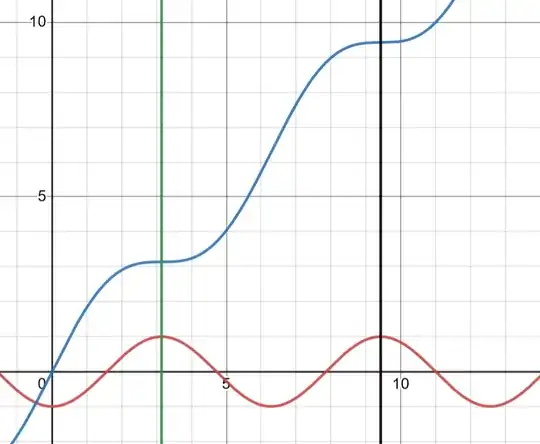I was reading this answer where I saw the following gif:
We can see that when a point becomes point of contact (i.e: touching the ground), the curve of it's motion has a cusp. To my knowledge, a cusp doesn't have a tangent line. So, how have physicists 'hacked' math to talk about velocity here?

